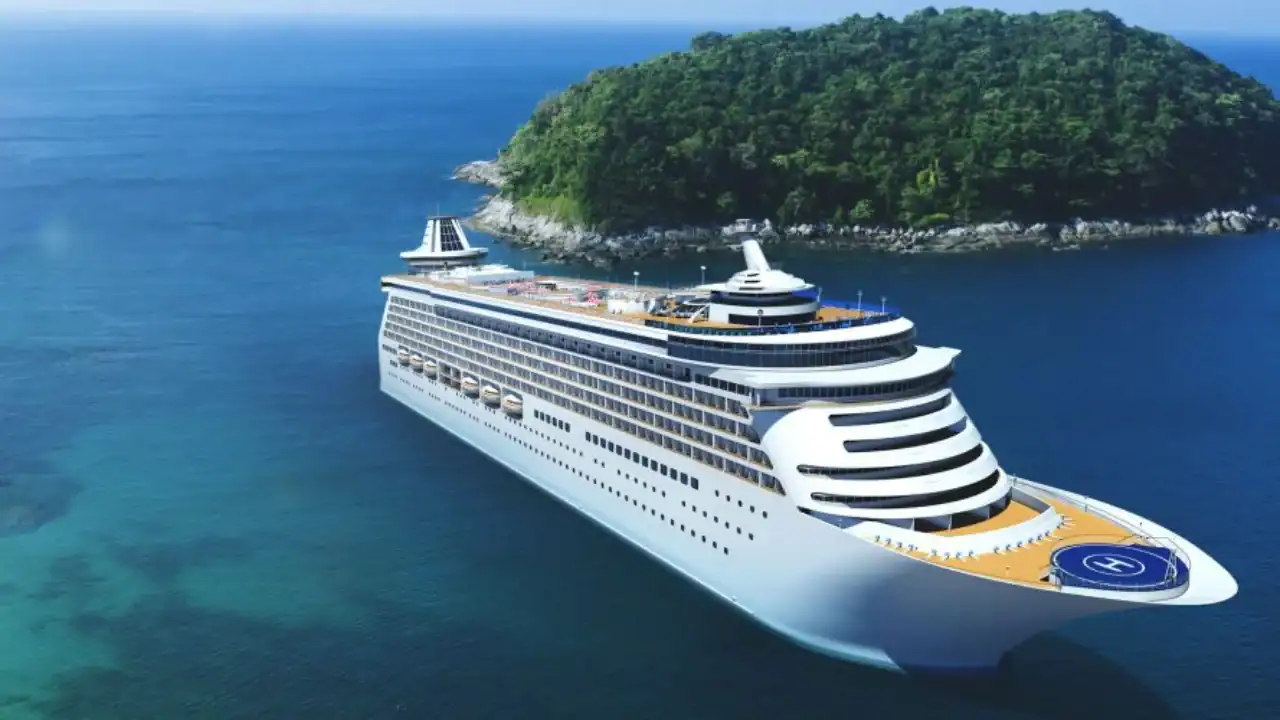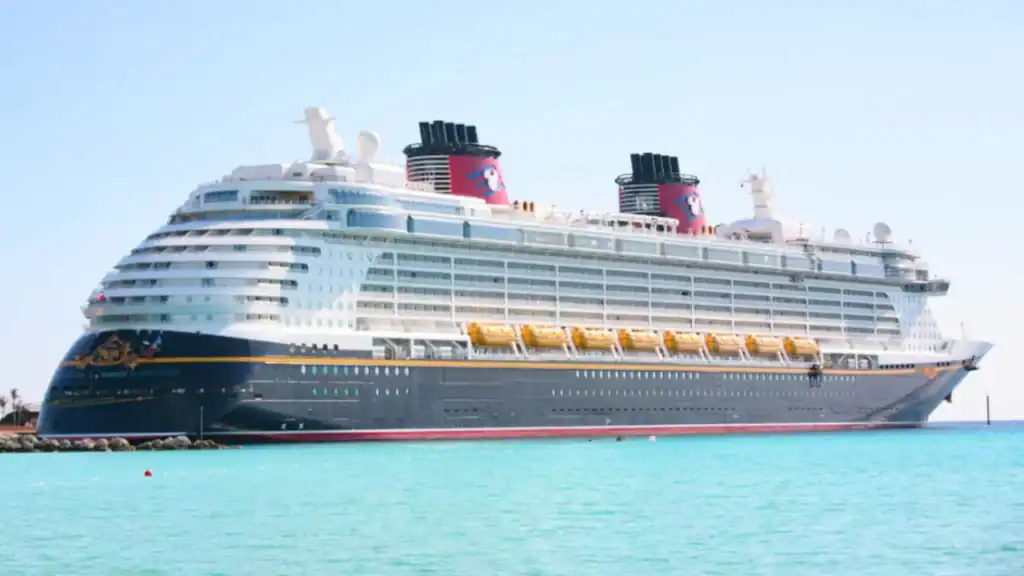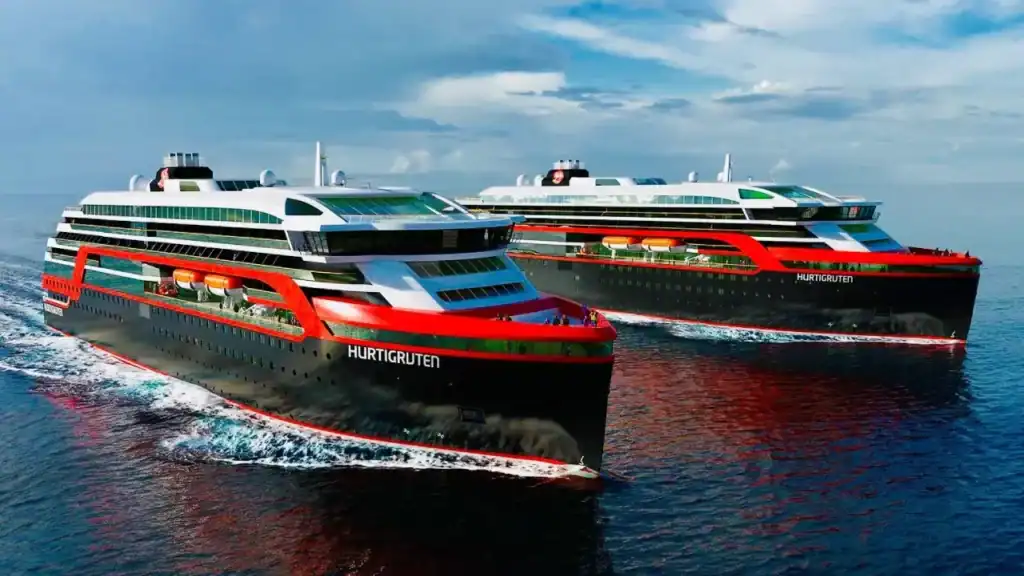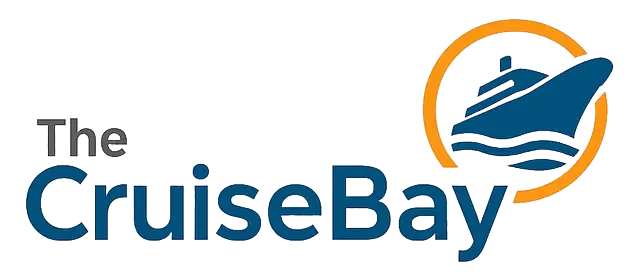Along with other industries, the Cruise industry is also gradually adapting to greener practices in its operations. This is basically done to reduce carbon emissions into the environment by making eco-friendly cruise innovations. It uses alternative fuels that do not produce carbon emissions, so the demand for these ships is currently increasing in the market. It increases the ability to complete the challenge of zero-emission cruise travel by 2050.

Traditional Cruise ship environmental impact

The traditional cuisines impact the environment in hazardous ways, as the fuel consumption was high, so were the emissions. This not only impacted the environment but also the communities living in the coastal areas.
High Fuel Consumption
The conventional cruises require high fuel to operate on the sea and oceans, and these fuels are filled with risky chemicals, which lead to higher carbon emissions in the water.
Waste Management Challenges
Due to the large size, the waste management on cruise ships is very difficult as they produce a huge amount of sewage, solid waste, graywater, and even dangerous waste. Sometimes this waste is emitted directly into the sea, causing trouble to marine life.
Impact on Marine Life and Coastal Communities
Direct discharge of this waste causes marine pollution, posing a threat to the living organisms in the sea. Even the communities that are placed in the coastal areas are in danger due to these emissions, as they get their food from the sea primarily.
Cruise Sustainability Trends
Several innovations have been made in the cruise industry to make it environmentally appropriate and promote sustainable cruise ship technologies, which are listed below.
Alternative Fuels in Cruising
Modern Cruises are using fuels with fewer chemicals and made up of natural ingredients. It will suit the environment and gradually lessen carbon emissions, eventually leading to zero. Some notable Fuels that are being used are:
- LNG (Liquified Natural Gas):- LNG-powered cruise ships are significantly safer than traditional ones as they reduce the emissions of sulphur and nitrogen oxides, with particulate matter. As this is a natural gas in liquid form, it won’t cause any environmental issues.
- Green Methanol:-This is made of natural resources, which are also renewable, and considered to be a greener fuel than the old marine fuels. It can reduce CO2 by 95% and NOx by 80%, contributing to sustainable cruising.
- Hydrogen Fuel Cells:-These cells generate electricity without burning the fuel through the chemical reaction of hydrogen and oxygen. The outcome is only water, which is the safest possible option present. This technology is emerging as a game-changer in decarbonizing the cruise industry and making green cruise ships.
Shore Power Connectivity
Cruise ships with shore power systems allow the ship to utilize the local electricity while it is docked in a port. With this, ships can continue their operations of providing electricity for Air conditioners, kitchens, and rooms. It reduces pollution, unlike traditional ships, which use diesel for this purpose.
Waste Management
To deal with the challenges of waste management on cruise ships, advanced wastewater treatment systems have been set up to treat the sewage and greywater. Additionally, the ban on single-use plastic has contributed a lot to Green Tourism by Sea to manage the solid waste.
Moreover, some ships use this waste by converting it into energy through the piloting systems.
Energy Efficient Cruise Ship Design
The ship companies are changing the designs of conventional ships, making them energy efficient by using solar panels, hull shapes, and lightweight materials, which are generally made of natural and renewable resources. They monitor it by inserting smart energy systems. Using Air lubrication to decrease drag and fuel consumption.
Green Tourism By Sea
The pact of the cruise industry, which states making the whole sea or ocean journey environment-friendly while making it fun for the passengers. These include sustainable itineraries with shore activities that are non-polluting and beneficial for the atmosphere.
Best eco-friendly cruise lines

The best cruise lines that are environmentally appropriate include Hurtigruten, Ponant, MSC Cruises, Royal Caribbean International, and Lindblad Expeditions. These companies are known for their initiatives taken to save the environment and participate in the cruise industry’s carbon footprint reduction.
Hurtigruten
This company is the first one to start with a Hybrid propulsion cruise vessel, which reduces the reliance on heavy oil fuels. Removed single-use plastics from the onboard facilities and enabled shore power connectivity to reduce discharge to zero while being in port. Their goals include the manufacturing of zero-emission cruise ships by 2030, carbon-neutral operations by 2040, and net-zero CO2 emissions by 2050.
Ponant (Le Commandant Charcot)
This cruise line uses LNG and battery-powered ships to cut down their 150% of carbon emissions while collaborating with the local coastal communities to promote sustainable and green tourism. Additionally, this is the first cruise line to get a Green Marine Certificate, as they offset their whole carbon footprint.
Royal Caribbean International
It is known for its “Save the Waves” program on LNG-powered and sea iconed ships to cut down the discharge of carbon dioxide and sulfur dioxide. These are made to be an adaptable feature with fuel cells and biofuels. Air Lubrication systems help in improving fuel efficiency and reducing its consumption.
This company has set a goal to reduce 50% of food waste by 2025. Apart from this, advanced energy conversion systems have been set up to convert the waste into useful resources.
MSC Cruises
The MSC Cruises have been designed to meet environmental efficiency standards with a lot of onboard and manufacturing technologies to reduce the carbon footprint. These sustainable cruise ship technologies include advanced waste management for both solid and liquid waste, shore-power compatibility, the use of solar panels, the banning of single-use plastic onboard, and many more.
Moreover, this company aims to fulfill their goal of reducing 40% of their emissions by 2030, while as of 2025, data shows they have cut 35% of it since 2008.
Lindblad Expeditions
This company is a partner of National Geographic and focuses on green practices and sustainability programs, while being a 100% carbon-neutral venture since 2019. It operates by sourcing local food to support the native communities, discarding one-time-use plastic, while encouraging people to use reusable water bottles. Even the uniforms of staff are made from recycled plastic in order to save the environment.
Wrapping Up: The Future of Sustainable Cruising
According to CLIA sustainability strategies, the whole cruise industry is making efforts to achieve the target of zero carbon emissions by 2050. All companies that are a part of this industry are making eco-friendly ships and adapting technologies, which help in saving the environment, such as advanced waste management systems, the use of LNG, shore-power connectivity, etc.
Even the design of these has changed to hull shapes, as it supports using fuel efficiently. On top, these technologies use natural renewable resources that have the least harmful impacts on marine life, the atmosphere, and the communities living in the coastal areas.
Frequently Asked Question (FAQs)
Sustainable cruising refers to the use of practices that don’t create any harm to the environment, unlike traditional cruises, which use more non-renewable resources and create more marine pollution by emitting it directly into the water.
The Cruise ships are using technologies like solar panels, advanced waste management, using alternative fuels (like LNG, hydrogen fuel cells, and Green Methanol), utilizing local generators on the shore, and many more.
The top 10 companies that are contributing to this mission are Hurtigruten, Ponant, MSC Cruises, Royal Caribbean International, Lindblad Expeditions, Costa Cruises, Viking Cruises, Disney Cruise Line, Seabourn, and Carnival Cruise Line.
Sustainable cruise itineraries include those activities and operations that are environmentally appropriate. They include eco-certified destinations, snorkeling, wildlife conservation journeys, and local interaction to promote the culture.
The alternative fuels used in sustainable cruising include LNG, Hydrogen Fuel Cells, Green Methanol, biofuels, etc.
Hurtigruten was the pioneer to start with the hybrid-electric cruise ships to reduce the carbon footprint caused by conventional fuels.
This is a mission, more like an initiative taken by the cruise industry to cut carbon emissions to zero by 2050, meaning no pollution from the cruise operations.
The Lindblad Expeditions have zero carbon footprint since 2019 as they are completely driven to save the environment and promote eco-friendly operations.

